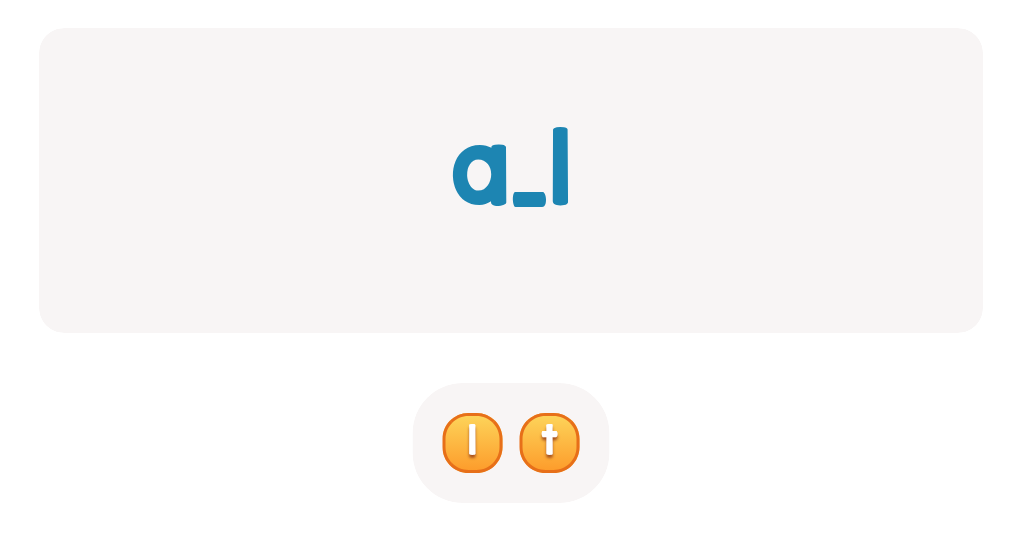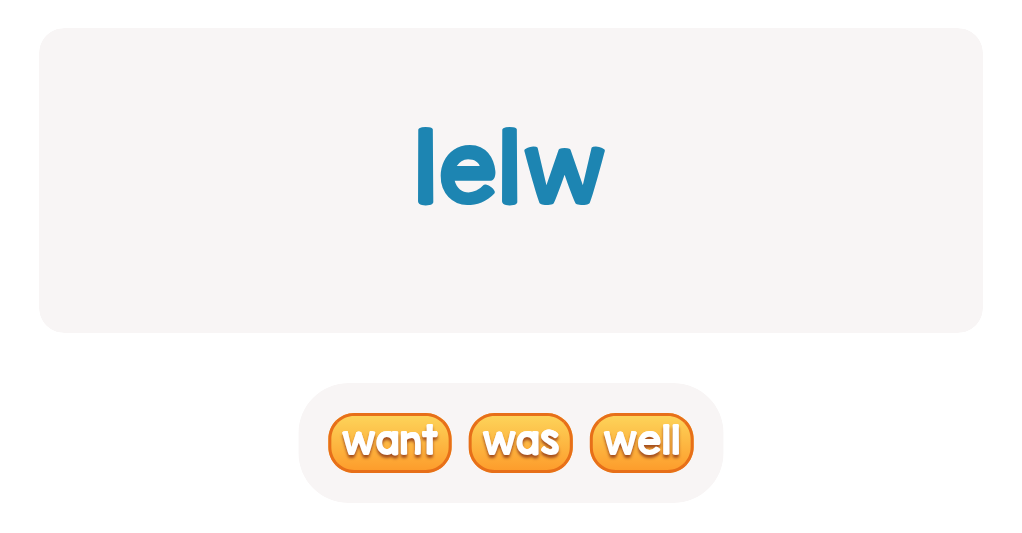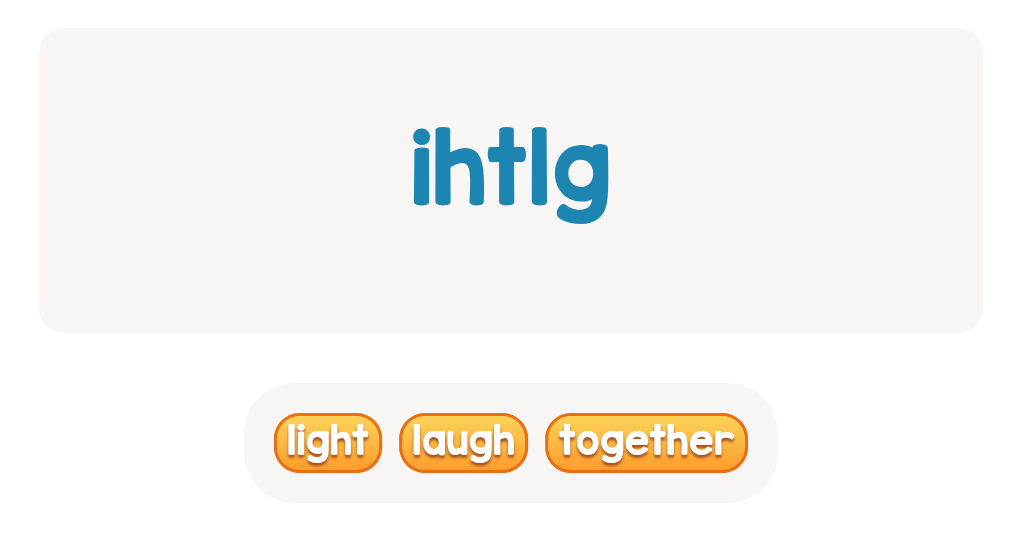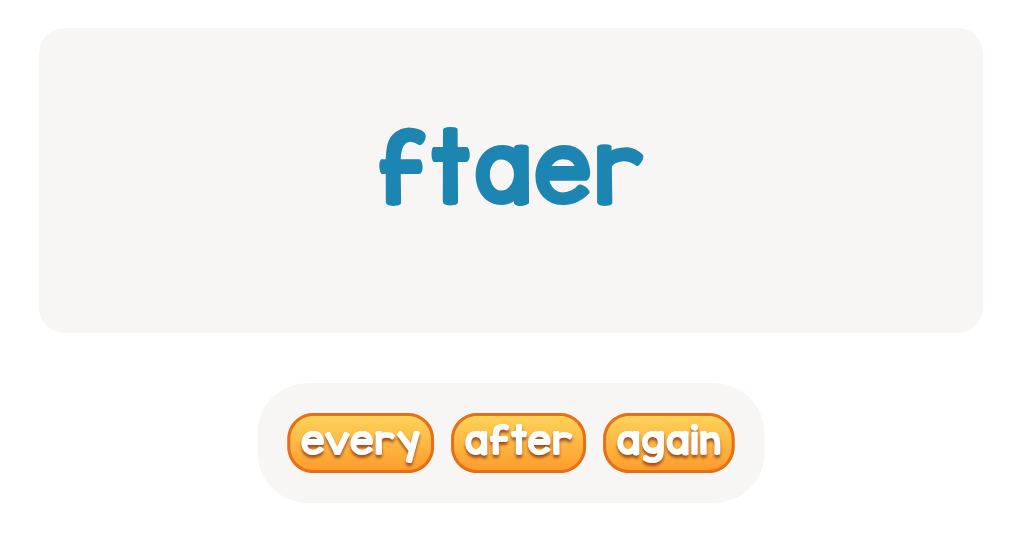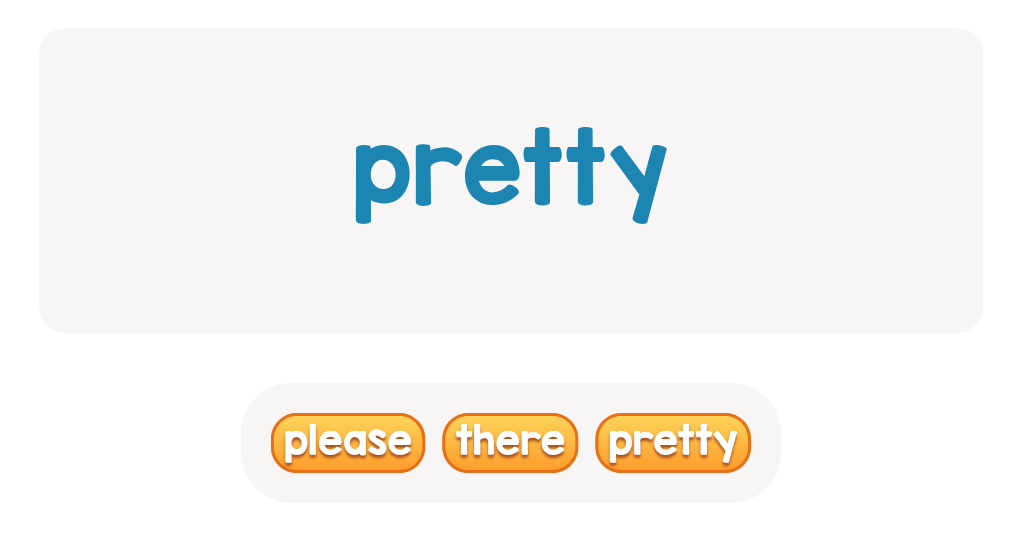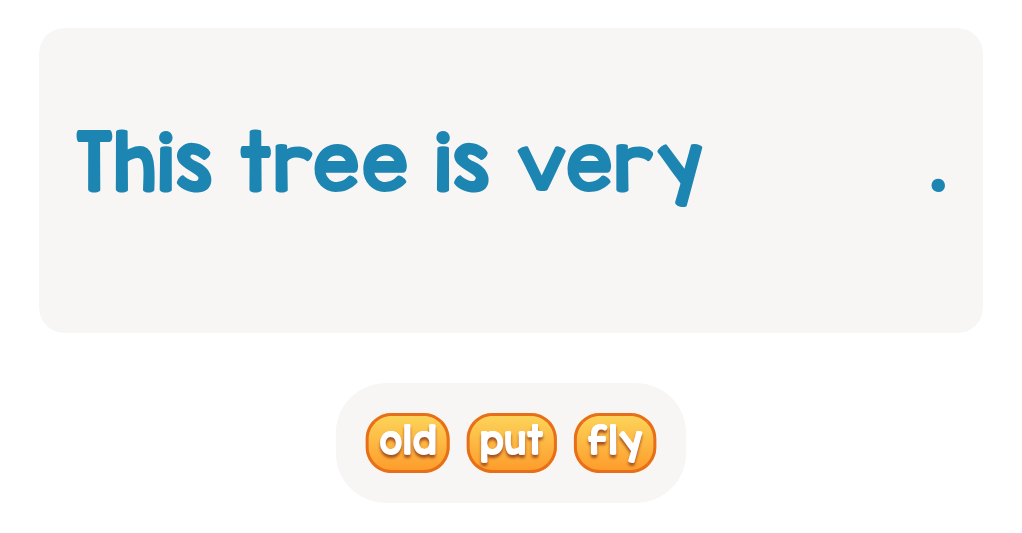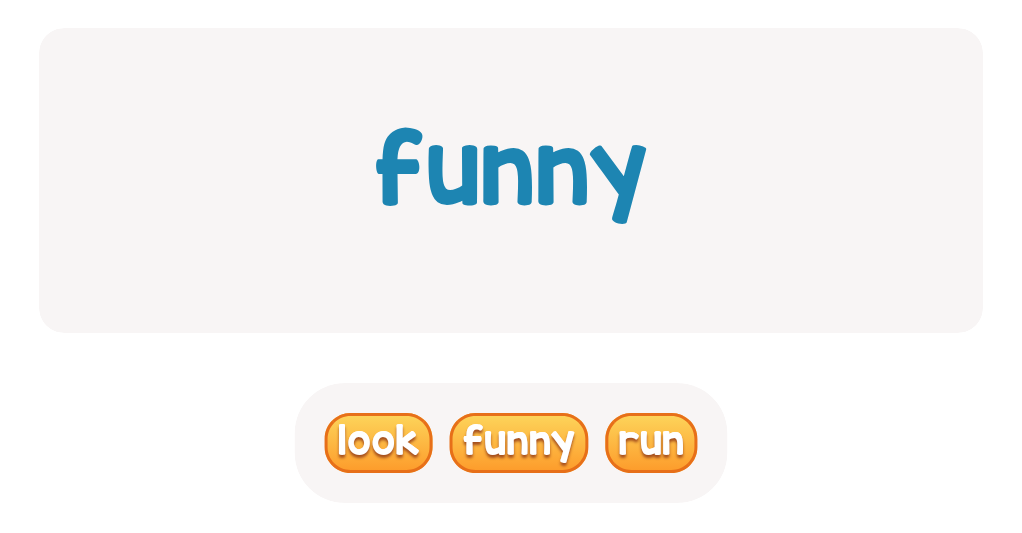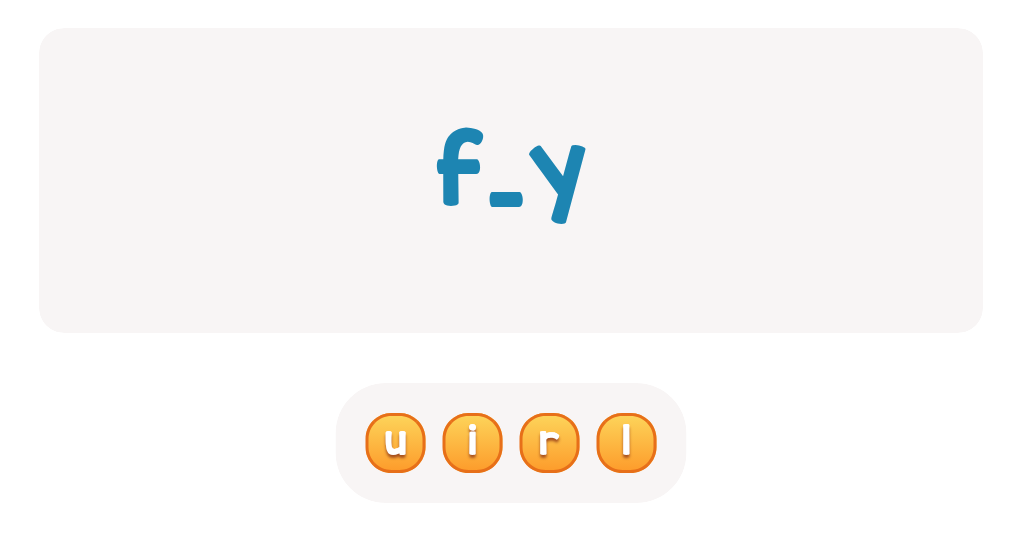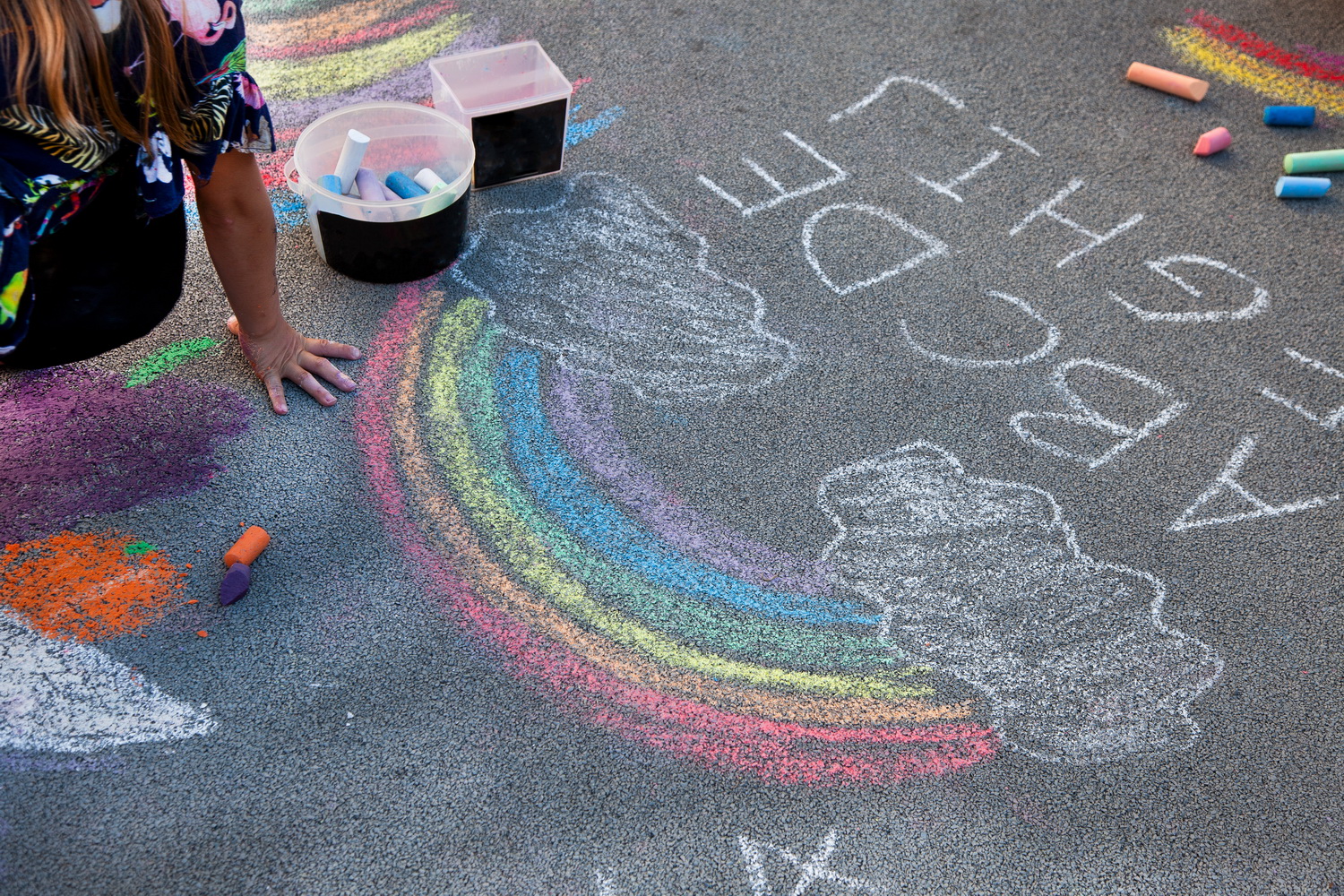Story analysis Normal Building Vocabulary Worksheets for Ages 4-8
3 filtered results
-
From - To
Enhance your child's vocabulary and reading comprehension skills with our engaging "Story Analysis Normal Building Vocabulary Worksheets" designed for ages 4-8. These worksheets encourage young learners to dive into stories, fostering critical thinking and creative expression. Each activity promotes understanding of characters, settings, and plot elements, helping children articulate their thoughts clearly. Perfect for home or classroom use, our resources incorporate visual aids and interactive exercises to keep children motivated and engaged. Join us in cultivating a love for reading while building essential language skills that set the foundation for future academic success. Explore our collection and inspire your young readers today!


Key Details from the Princess and the Pea Worksheet
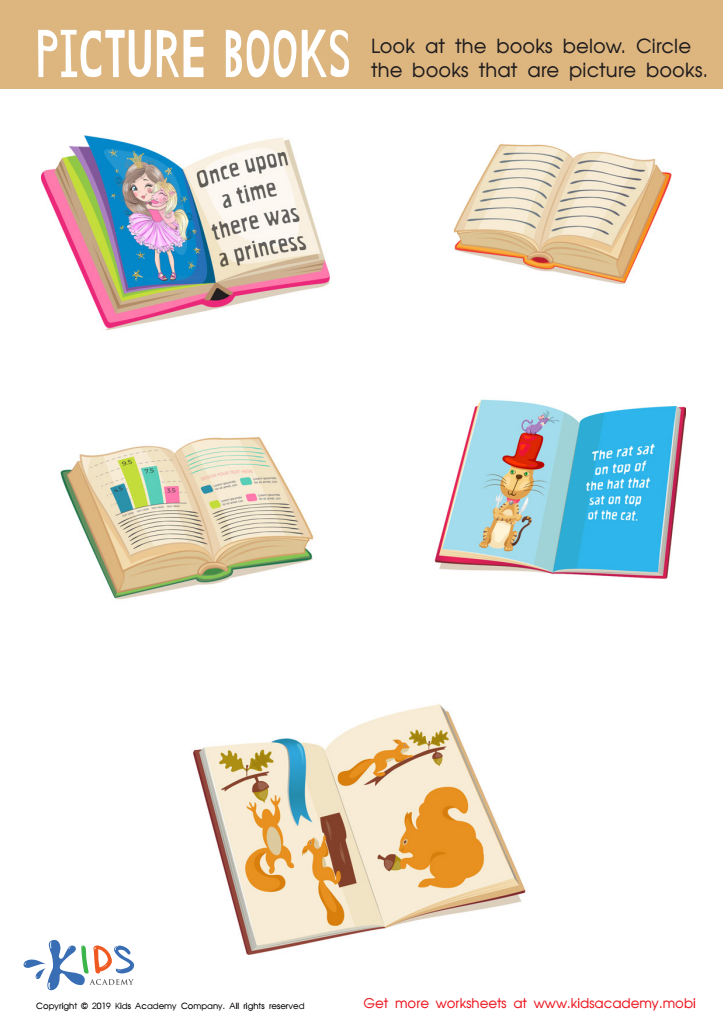

Picture Books Worksheet
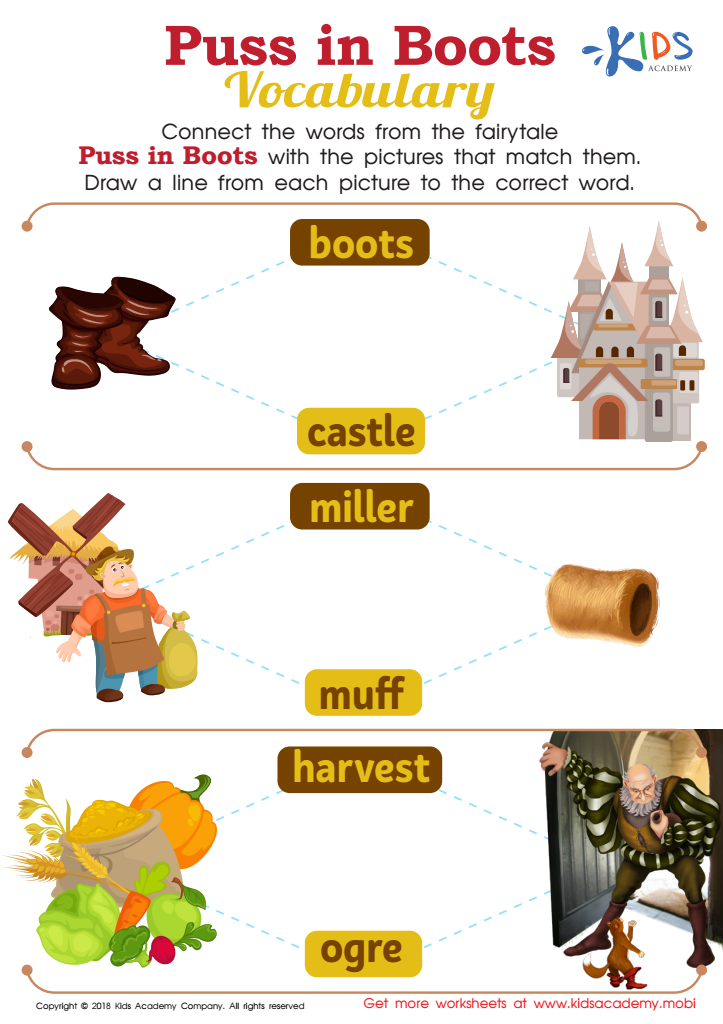

Puss in Boots Vocabulary Worksheet
Parents and teachers should prioritize story analysis and vocabulary building for children ages 4-8 because these skills lay the foundation for literacy and comprehensive learning. In early childhood, exposure to diverse vocabulary through stories enhances language development, enriching children's ability to express themselves clearly and creatively.
When children analyze stories, they learn to identify main ideas, settings, characters, and plots. This analytical thinking fosters critical thinking skills. Understanding the narrative structure also helps young learners make connections to their own experiences, thereby improving comprehension and engagement.
Additionally, a robust vocabulary is linked to academic success throughout education. A wide-ranging vocabulary enables children to better understand what they read and hear, improving their ability to communicate effectively. Studies consistently show that children with strong language skills excel in school.
Moreover, storytelling promotes emotional intelligence as children learn to empathize with characters and situations, enhancing their social skills as they navigate real-world interactions. By emphasizing story analysis and vocabulary building, parents and teachers cultivate a nurturing environment where children can develop vital cognitive and social skills, setting them up for lifelong learning and effective communication.

 Assign to My Students
Assign to My Students
